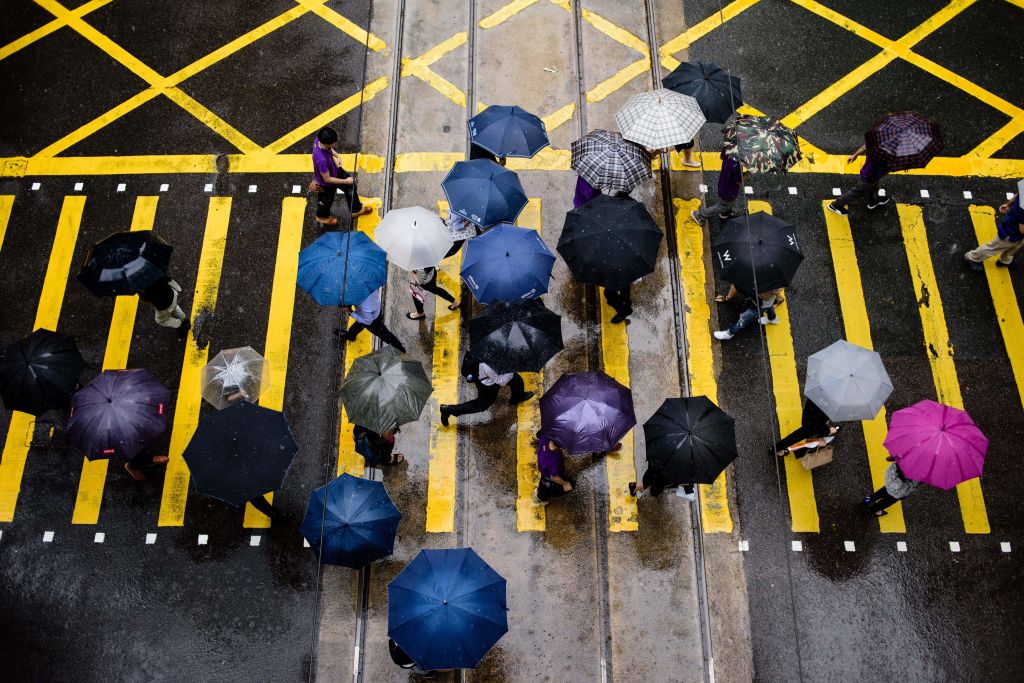
IBM on Tuesday unveiled a global weather modeling system that will combine data from smartphones and aircraft to produce what it says will be hyper-accurate local forecasts.
The system, called the IBM Global High-Resolution Atmospheric Forecasting System, or GRAF, will create a one-day forecast updating every hour at a resolution of 3 kilometers, or about 1.9 miles — a notable upgrade for many parts of the world. The company is pitching GRAF as particularly useful in industries that depend on accurate short-term weather forecasting, like agriculture and transportation, and especially in developing nations with less sophisticated meteorological infrastructure.
“This is the first introduction of crowdsourced data, and to me, it’s really opening a new era equivalent to what happened when we got satellite data in the 1980s,” says Mary Glackin, VP of Weather Business Solutions at IBM. “Cell phone pressures are the start of this, but one could imagine data coming off of vehicles, smart buildings, even wearables doing into the future.”
GRAF forecasts will be created in part with location and atmospheric pressure data collected from smartphones running The Weather Channel app. (IBM acquired that app along with the rest of The Weather Company, minus the TV channel, in 2016.) That data collection will be opt-in, meaning IBM is betting that at least some of the world’s approximately 2.5 billion smartphone users will be willing to share with it some of their most sensitive information. That’s a gamble, especially at a time when many people are rethinking the amount of information they hand over to technology companies.
Indeed, there may be good reason to take pause. The City of Los Angeles on Thursday filed suit against The Weather Company, alleging that it shared and profited from information collected by The Weather Channel app. IBM has denied wrongdoing. “The Weather Company has always been transparent with use of location data; the disclosures are fully appropriate, and we will defend them vigorously,” the company said in a statement about the suit. Other weather apps have also faced questions over their handling of users’ location data.
Still, IBM won’t require that users submit data for crunching by GRAF to access the forecasts it creates; they will be available to all users across a range of the company’s websites and apps. And despite recent missteps by technology companies like Facebook, tech users have shown a willingness to trade their personal data for a service they deem worthwhile. Contributing to a better weather forecast could certainly fall into that category — so long as IBM is careful to treat users’ sensitive data with respect.
More Must-Reads from TIME
- Cybersecurity Experts Are Sounding the Alarm on DOGE
- Meet the 2025 Women of the Year
- The Harsh Truth About Disability Inclusion
- Why Do More Young Adults Have Cancer?
- Colman Domingo Leads With Radical Love
- How to Get Better at Doing Things Alone
- Michelle Zauner Stares Down the Darkness
Contact us at letters@time.com